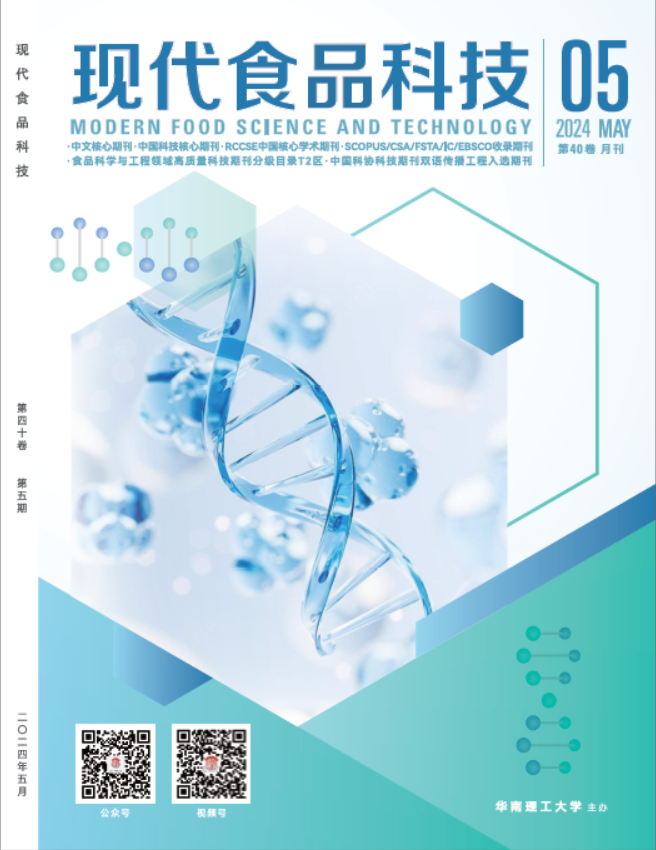2013, 29(3):621-624.
Abstract:
Contents of nutritional components in Angelica keiskei were determined and evaluated including protein, crude fat, crude fiber, vitamin C, water, total ash, total sugar, total flavonoids, amino acid and mineral element. Results showed that the contents of water, protein, crude fat, total sugar, crude fiber, total ash, vitamin C and total flavonoids in angelica keiskei were 92.70%, 1.99%, 0.35%, 0.21%, 0.68%, 1.40%, 0.08 mg/g and 4.79 mg/g, respectively. Contents of fifteen amino acids,EAA/TAA ratio, and EAA/NEAA ratio were 20.01%, 43.83% and 78.02%, respectively. All kinds of human essential amino acids were found with a balanced proportion and the coefficient of amino acids was 65.10. The first limiting amino acids were Met and Cys in all human essential amino acids. The contents of phosphorus, kalium, calcium, magnesium, iron, zinc, cuprum and manganese in mineral elements were 322 mg/kg, 4210 mg/kg, 1441 mg/kg, 478 mg/kg, 38 mg/kg , 2.36 mg/kg, 1.14 mg/kg and 55.70 mg/kg, respectively. Angelica keiskei was rich in all kinds of nutritional components, which had better exploitation value.

